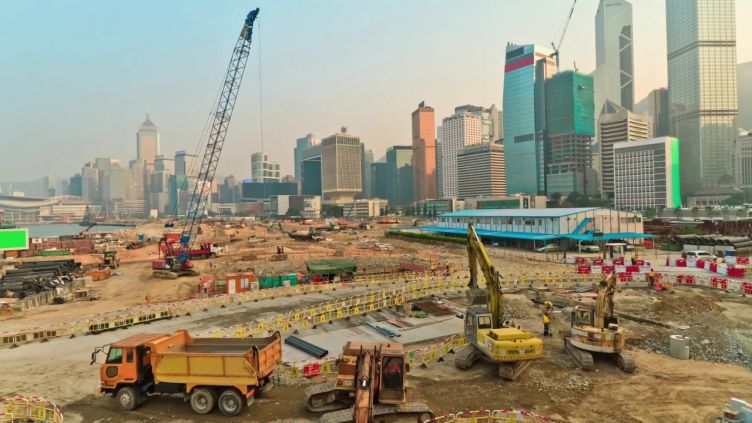Dr Carolanne Vouriot (she/her)
School of Mechanical, Aerospace and Civil Engineering
Lecturer in Building Physics
+44 114 222 5784
Full contact details
School of Mechanical, Aerospace and Civil Engineering
Room F134
Sir Frederick Mappin Building (Broad Lane Building)
Mappin Street
Sheffield
S1 3JD
- Profile
-
Carolanne Vouriot received an MEng degree from the Department of Aeronautical Engineering at Imperial College London. She joined the Fluids Dynamics Across Scales Centre for Doctoral Training in Imperial College London, where she completed an MRes and a PhD in the Department of Civil and Environmental Engineering. Carolanne then worked as a research associate on the Schools’ Air quality Monitoring for Health and Education (SAHME) project in the Department of Applied Mathematics and Theoretical Physics at the University of Cambridge, before joining the department as a Lecturer in Building Physics in 2023.
Her research focuses on fluid dynamics for the built environment, specifically looking at the relationship between natural ventilation and indoor air quality, using numerical simulations and field measurements.
- Research interests
-
Carolanne’s research investigates the links between natural ventilation and indoor air quality in buildings, with a particular focus on classroom environments.
To address this, she has used field measurements of carbon dioxide to estimate the ventilation provision and risk of airborne transmission of COVID-19 in UK classrooms.
She has also used computational fluid dynamics (CFD) to develop numerical simulations of idealised naturally ventilated classrooms and evidenced the impact of ventilation system design on pupils’ exposure to contaminants.
Although the primary focus of her research has been on predicting airborne infection risk, the methods used are also relevant to analyse exposure to air pollution indoors more generally.
- Publications
-
Journal articles
- Uncertainties in exposure predictions arising from point measurements of carbon dioxide in classroom environments. Journal of The Royal Society Interface, 21(219). View this article in WRRO


- Robustness of point measurements of carbon dioxide concentration for the inference of ventilation rates in a wintertime classroom. Indoor Environments, 1(1). View this article in WRRO


- Schools’ air quality monitoring for health and education: Methods and protocols of the SAMHE initiative and project. Developments in the Built Environment, 16, 100266-100266.


- Co-Designing an Air Quality Web App with School Pupils and Staff: The SAMHE Web App. Citizen Science: Theory and Practice, 8(1).


- Uniformly distributed floor sources of buoyancy can give rise to significant spatial inhomogeneities within rooms. Flow, 3. View this article in WRRO


- Variations in classroom ventilation during the COVID-19 pandemic: Insights from monitoring 36 naturally ventilated classrooms in the UK during 2021. Journal of Building Engineering, 63, 105459-105459.


- Seasonal variation in airborne infection risk in schools due to changes in ventilation inferred from monitored carbon dioxide. Indoor Air, 31(4), 1154-1163. View this article in WRRO


- Variational Gaussian process for optimal sensor placement. Applications of Mathematics, 66(2), 287-317.


- Fate of large-scale vortices in idealized tidal lagoons. Environmental Fluid Mechanics, 19(2), 329-348. View this article in WRRO


- Uncertainties in exposure predictions arising from point measurements of carbon dioxide in classroom environments. Journal of The Royal Society Interface, 21(219). View this article in WRRO
- Research group
-
Resources, Infrastructure Systems & built Environment (RISE)
- Grants
- Teaching activities
-
CIV11001 Thermofluids for Architectural Engineering
CIV203 Thermal and Fluid Engineering for Architectural Engineering
- PhD opportunities
If you're interested in a PhD project, please contact Carolanne at the above email. Current PhD opportunities in the department can be viewed here.

